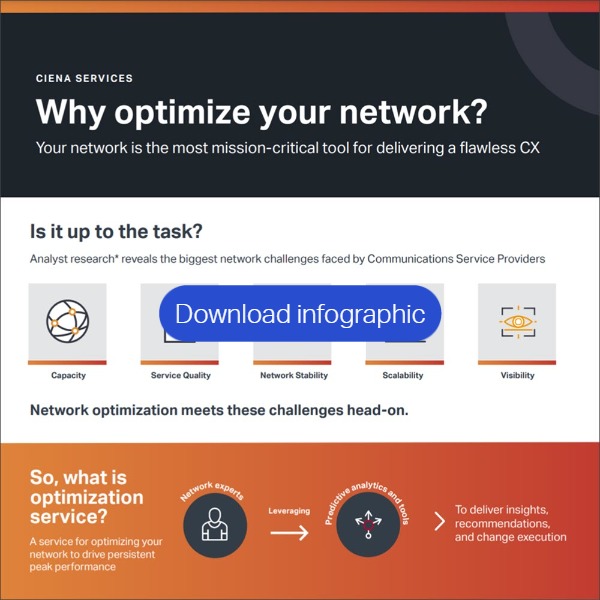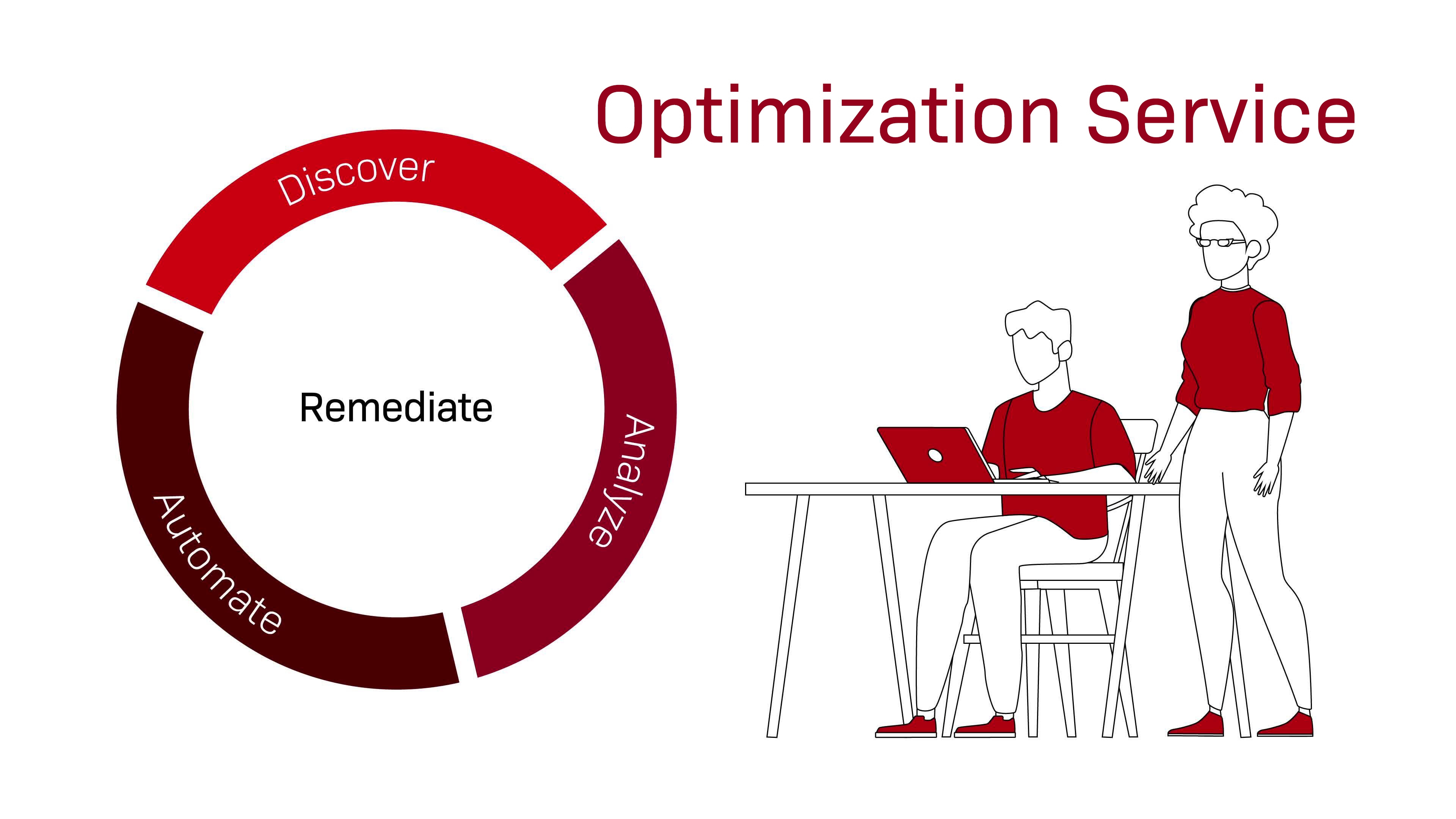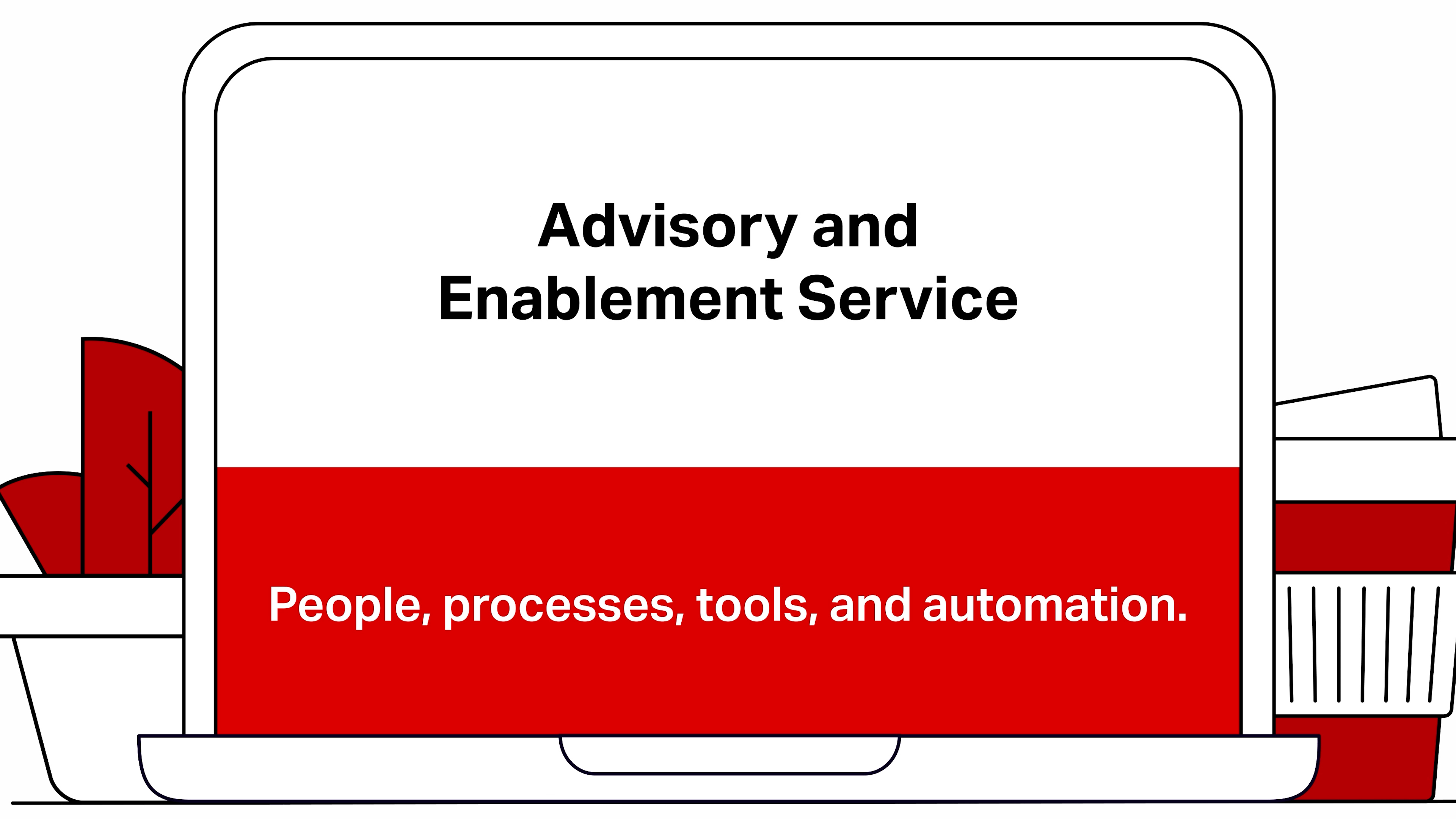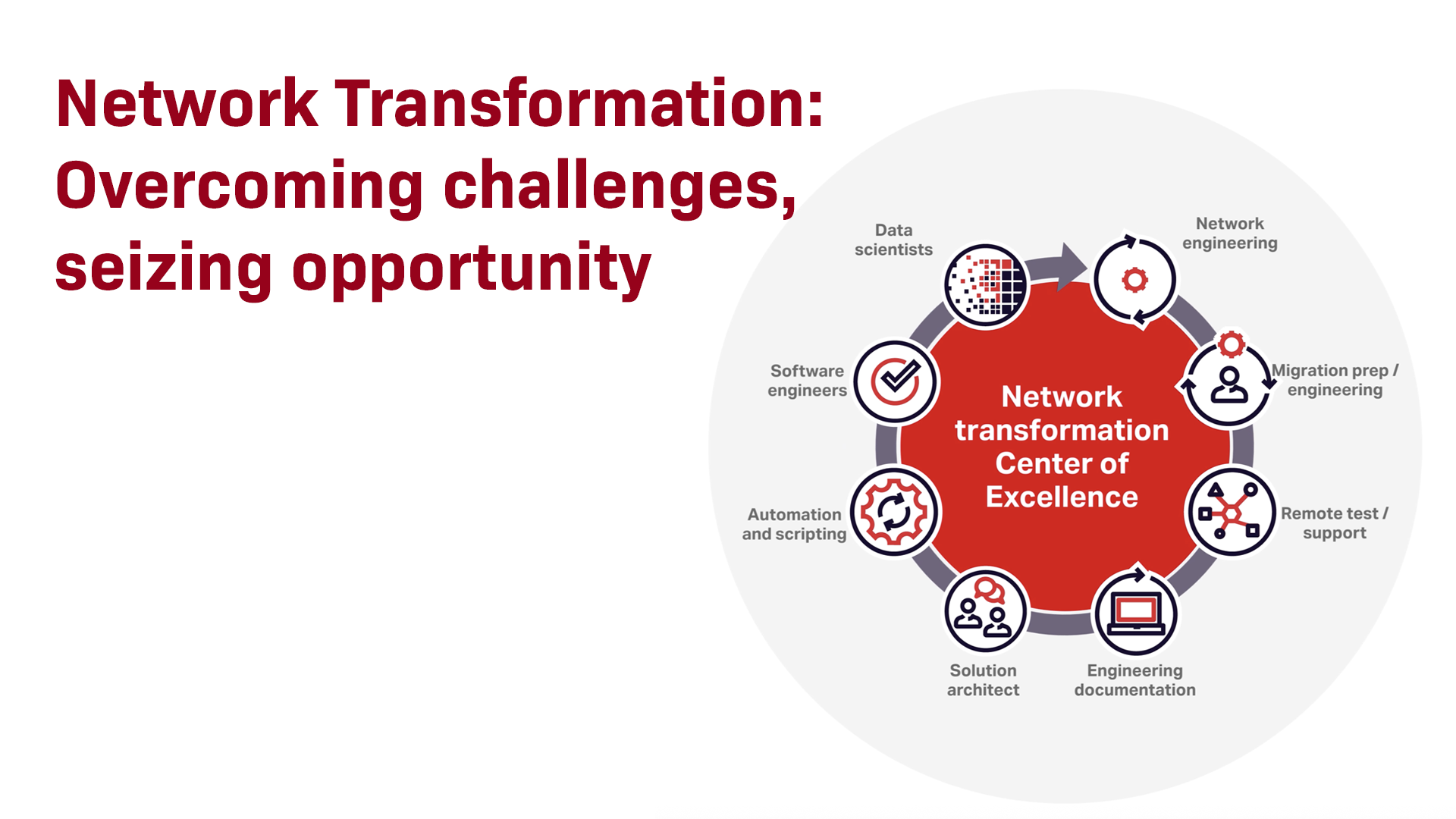IDC Survey: Optimization is key to Service Providers in the Age of Resiliency

Curtis Price is the Program Vice President of IDC’s Infrastructure Services group. He oversees all research efforts within IDC’s Network Life-Cycle Services, Wireless Infrastructure Services, and Software and Hardware Support Services programs. Mr. Price provides expert insight and analysis of the trends and market dynamics impacting the network services market within the enterprise and telecommunications sectors.
[Related reading: IDC's Rob Brothers on how having the right maintenance solutions in place can help CSPs dramatically reduce network downtime.]

For the last year, we have experienced a wave of broad societal changes that have impacted all aspects of daily life. The most immediate impacts were felt in the enterprise as companies shifted employees rapidly to work from home models, and in the education sector as classes moved online.
We’ve also seen a significant impact on healthcare with the increased use of telemedicine, in retail with the dramatic increase in online commerce for a range of goods and services, and in the entertainment industry with movies streaming directly into the home prior to theater release. It is clear that these changes and many more are likely here to stay and become the norm moving forward.
New behaviors and expectations for how individuals learn, consume, work, and socialize have emerged over the past year. The key enabler of this change has been the service provider networks that have become the delivery mechanism for education, entertainment, healthcare, food services, and so many other things. Communications service providers (CSPs) needed to rapidly deploy new infrastructure to add capacity to meet demand for dramatically increased bandwidth, secure connectivity, support for new traffic types and new traffic patterns.
 Providing support for these requirements has highlighted the importance of network performance, reliability, and agility for the operator. However, there is also now increased emphasis on resiliency in business operations. For communication service operators, the focus on resiliency has become extremely important not just internally but externally as well, with customer business models heavily relying upon reliable and secure connectivity with customers, partners, and suppliers.
Providing support for these requirements has highlighted the importance of network performance, reliability, and agility for the operator. However, there is also now increased emphasis on resiliency in business operations. For communication service operators, the focus on resiliency has become extremely important not just internally but externally as well, with customer business models heavily relying upon reliable and secure connectivity with customers, partners, and suppliers.
IDC believes this rapid spike in demand for high speed, high quality bandwidth and the swiftness with which many CSPs responded led to a spike in infrastructure spend as increased capacity was needed to support increased demand for bandwidth. This likely left some CSPs with environments that were not fully optimized. Even the most sophisticated CSPs could be at risk for not delivering the experience that their customers require. IDC believes that CSPs can leverage external professional services to ensure the right design, architecture, and integration to meet customer needs.
Network Optimization Responds to Operator Network Infrastructure Challenges
IDC believes there is an immediate emphasis on optimizing the network largely because of the scramble that CSPs had to go through in the early onset of the pandemic to add more capacity to support changing network traffic patterns. This increase in infrastructure spend, combined with expected increases over the next few years as operators build out networks to support edge computing, expanded IoT use cases, and Industry 4.0 imperatives, will drive greater focus on planning, designing, and optimizing networks. In addition, the rollout of 5G is expected to open new opportunities for operators to support new business models in the enterprise space where support for mission-critical enterprise workloads will become more common.
In IDC’s recently conducted Communication Service Provider Optimization Services survey, respondents were asked about their most significant network challenges. The following table highlights the top five network challenges cited by operators.
Table 1. Top Communication Service Provider Network Challenges

IDC believes that network optimization services will play an increasingly important role in allowing operators to not only address these challenges, but also drive efficient capex spend (and their return on invested capital), and support key business objectives around improving the customer experience and reducing costs. According to survey results, when respondents were asked what the top expected outcomes were from using network optimization services, they prioritized three areas that address their current challenges:
Table 2. Expected Outcomes from Optimization Services

Intelligence Driven Network Optimization
Most large CSPs rely heavily on in-house staff to perform network optimization. This is largely due to the technical expertise of their existing engineers and data scientists, the existing processes they have in place, and the investments made in off-the-shelf and internally developed optimization tools. However, increased technical complexity, rapidly changing user requirements, and the massive amounts of data traversing the network are creating the need to augment in-house staff with advanced technologies and outside subject matter experts.
Optimization providers are responding to this need by bringing AI-based optimization solutions to market that use rich data sets to provide deep insight into network performance and make almost real-time recommendations that can increase network reliability and performance. In addition, many optimization providers are bundling into their services access to skilled engineering talent with expertise in areas like automation, analytics, artificial intelligence, and machine learning. Many CSPs have made investments in these technology areas but have yet to achieve the expected outcomes.
As a result, IDC believes that “white glove” professional services will represent a significant value-add to optimization services by providing access to essential technical skills and knowledge transfer to technical teams to better maximize the utilization of advanced technologies.
Driving Successful Business Outcomes Through Optimization
Increased competition, growing demand for secure and reliable connectivity, technology disruption, and the need to grow revenue will drive heavy investment in telecom infrastructure over the next decade. The insatiable demand for connectivity in the consumer and business services segments has put a high value on the reliability and availability of the network. IDC research confirms these trends, according to our recent network optimization survey, when asked to rank the most important achieved outcomes that network optimization services provided, CSPs cited the following:
Table 3. Communication Service Provider Achieved Outcomes from Optimization Services
Each of these outcomes are strategically important to CSPs as they execute a more customer experience-centric network strategy. As a result, network planning, design and optimization will become increasingly important in helping CSPs achieve their network service goals and create differentiation, while becoming much more responsive to the needs of a hyperconnected society.









